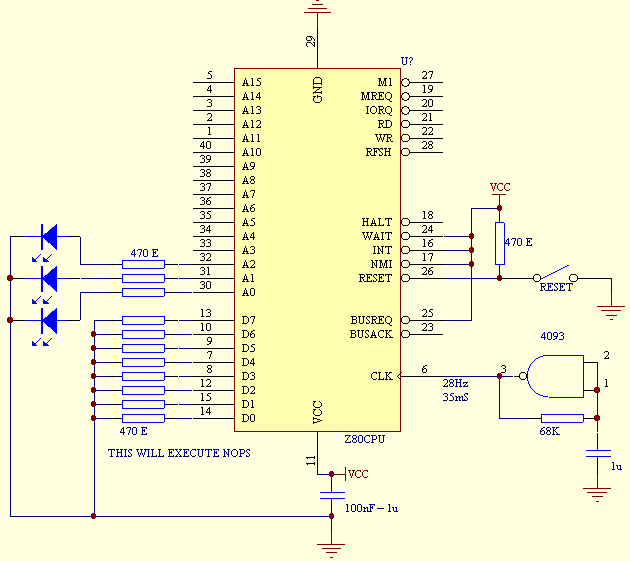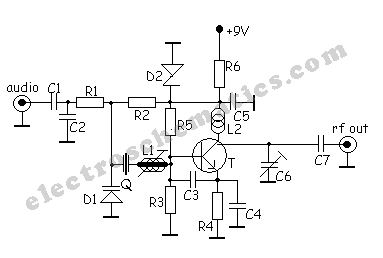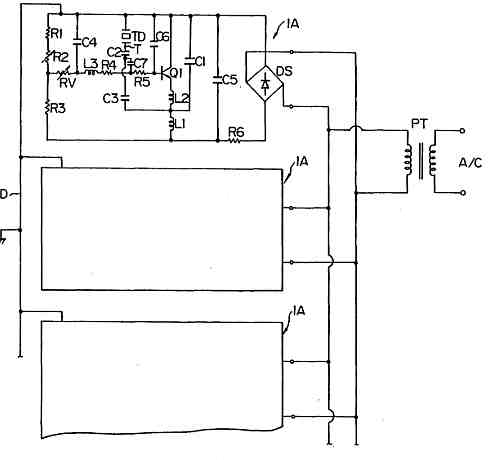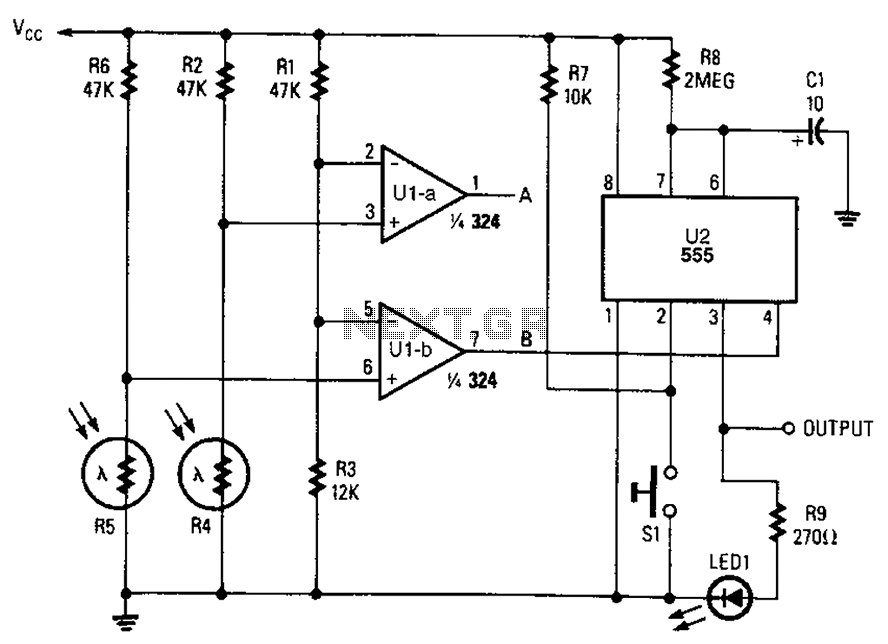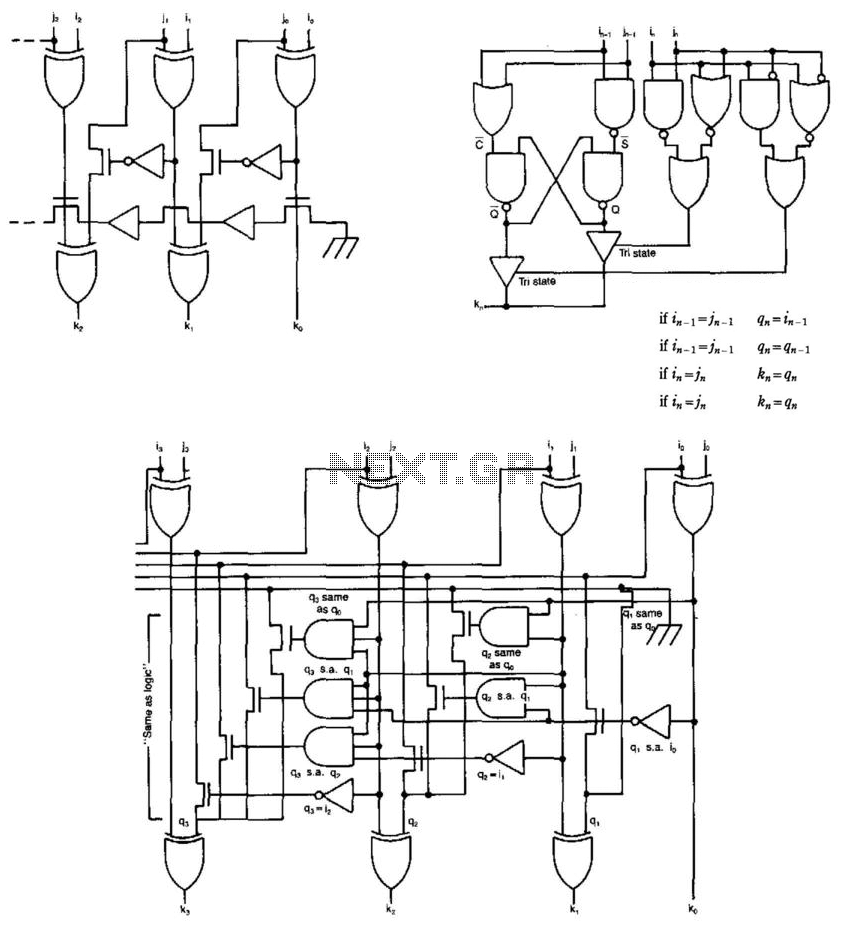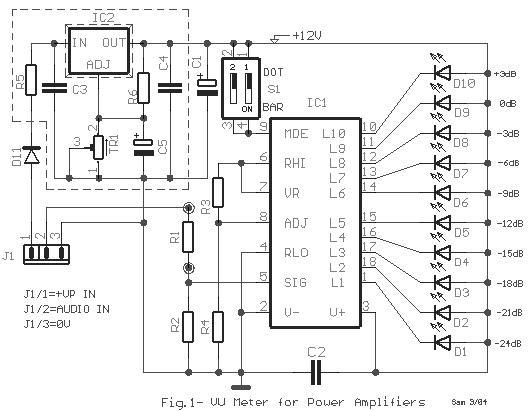
VCO circuit
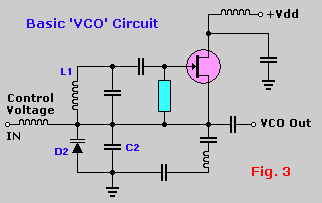
The fundamental principle of the theremin is the heterodyne oscillator. In the development of the Open Theremin, a stable and reliable oscillator was essential. Various schematics featuring different components were researched and constructed on small boards, which were then connected to a microcontroller for performance measurement. Significant differences in performance were observed; some designs failed to operate entirely, while others lacked stability. A voltage-controlled RC oscillator circuit within the 4046 phase-locked loop chip was chosen for the variable oscillator due to its superior stability compared to other tested circuits. Additionally, a Z-Diode within the package was utilized to stabilize the supply voltage. The R1 input was employed for resonance adjustment, while controlling via VcoIn did not yield improved results. Extensive testing was conducted on optimal frequency and component values for the oscillators. Clara Rockmore's theremin utilized a coil with 1165uH and operated at 170kHz, the Theremax reached frequencies up to 1MHz, while most theremins functioned in the range of 500-700kHz. Higher frequencies did not demonstrate significant advantages, leading to the selection of 125kHz for the RC circuit and 500kHz for the LC circuit. Coupling the resonators posed challenges, as integrating two oscillators within a single circuit often resulted in mutual frequency pulling and signal extinction. Therefore, using one integrated circuit (IC) for each oscillator with appropriate decoupling capacitors is recommended. The performance of such circuits can be unpredictable; theoretical calculations do not always align with practical outcomes observed on theremin-related platforms. Additionally, low sensitivity with high range may complicate playability, resulting in a less responsive experience. A truly linear response is typically undesirable for audio applications, as musical note systems are inherently exponential rather than linear.
The theremin operates on the principle of heterodyning, where two oscillators generate signals that interact to create a difference frequency, producing audible sound. In the context of the Open Theremin, the selection of a stable oscillator is paramount to achieving consistent performance. The 4046 phase-locked loop chip is particularly advantageous due to its integrated voltage-controlled oscillator (VCO) capabilities, which allow for precise frequency adjustments and stability. The inclusion of a Z-Diode serves to ensure that variations in supply voltage do not adversely affect the oscillator's performance, thus maintaining the integrity of the sound output.
The choice of frequency is critical in the design of a theremin. The analysis of historical theremin designs reveals a range of operational frequencies, with Clara Rockmore's design exemplifying a lower frequency of 170kHz, while modern iterations like the Theremax push the boundaries up to 1MHz. However, it has been established that frequencies around 125kHz for RC circuits and 500kHz for LC circuits provide a balanced performance, facilitating both playability and sound quality.
Decoupling capacitors are essential in preventing cross-talk between oscillators when multiple units are used in proximity. This isolation ensures that each oscillator can function independently, preventing interference that could lead to unstable output signals. The unpredictability of circuit performance highlights the importance of empirical testing alongside theoretical calculations. Engineers and designers must be prepared to iterate on their designs based on real-world measurements rather than solely relying on simulations.
Finally, the sensitivity and response characteristics of the theremin are crucial for user interaction. A system that is overly sensitive may lead to a spongy feel, detracting from the musician's control and expressiveness. Understanding the exponential nature of musical scales is essential for designing a response curve that aligns with musical performance, ensuring that the theremin remains a versatile and expressive instrument.The basic principle of the theremin is theheterodyne oscillator. When I started developing the Open. Theremin I knew that I needed a stable and reliable oscillator. So I searched the internet and found various schematics with different components. I built them each on a small board and connected them to the micro controller to measure the performan ce. There are huge differences. Some did not work at all for me, others were not stable. For the variable oscillator I decided for the voltage controlled RC oscillator circuit inside the 4046 phase-locked loop chip. This integrated oscillator revealed to be much more stable than the other circuits I tested. Then there is also a Z-Diode in the package that can be used to stabilize the supply voltage. To adjust the resonated the R1 input can be used. Controlling by VcoIn did not provide better results. I also tested around with the optimum frequency and component values of the oscillators. Clara Rockmores theremin used a coil with 1165uH and 170kHz, theTheremax goes up to 1Mhz while most theremins are in the range of500-700kHz.
I did not find higher frequencies to be significantly better so I decided for 125kHz for the RC circuit and for 500kHz for the LC circuit. - Coupling of the resonators is a problem. It is almost impossible to put two oscillators in one circuit because the two oscillators try to pull one another to a common frequency and extinct the output signal.
One IC for each oscillator with proper decoupling condenser is best. - The performance of a circuit is hard to predict. Calculations do not always confirm what is common senses among theremin sites. Measurements do not alway confirm calculations. - Too low sensitivity and high range is not necessarily more comfortable to play. Playing gets spongy. Truly linear response is not desirable for audio applications since the music note system is exponential and not linear. 🔗 External reference
The theremin operates on the principle of heterodyning, where two oscillators generate signals that interact to create a difference frequency, producing audible sound. In the context of the Open Theremin, the selection of a stable oscillator is paramount to achieving consistent performance. The 4046 phase-locked loop chip is particularly advantageous due to its integrated voltage-controlled oscillator (VCO) capabilities, which allow for precise frequency adjustments and stability. The inclusion of a Z-Diode serves to ensure that variations in supply voltage do not adversely affect the oscillator's performance, thus maintaining the integrity of the sound output.
The choice of frequency is critical in the design of a theremin. The analysis of historical theremin designs reveals a range of operational frequencies, with Clara Rockmore's design exemplifying a lower frequency of 170kHz, while modern iterations like the Theremax push the boundaries up to 1MHz. However, it has been established that frequencies around 125kHz for RC circuits and 500kHz for LC circuits provide a balanced performance, facilitating both playability and sound quality.
Decoupling capacitors are essential in preventing cross-talk between oscillators when multiple units are used in proximity. This isolation ensures that each oscillator can function independently, preventing interference that could lead to unstable output signals. The unpredictability of circuit performance highlights the importance of empirical testing alongside theoretical calculations. Engineers and designers must be prepared to iterate on their designs based on real-world measurements rather than solely relying on simulations.
Finally, the sensitivity and response characteristics of the theremin are crucial for user interaction. A system that is overly sensitive may lead to a spongy feel, detracting from the musician's control and expressiveness. Understanding the exponential nature of musical scales is essential for designing a response curve that aligns with musical performance, ensuring that the theremin remains a versatile and expressive instrument.The basic principle of the theremin is theheterodyne oscillator. When I started developing the Open. Theremin I knew that I needed a stable and reliable oscillator. So I searched the internet and found various schematics with different components. I built them each on a small board and connected them to the micro controller to measure the performan ce. There are huge differences. Some did not work at all for me, others were not stable. For the variable oscillator I decided for the voltage controlled RC oscillator circuit inside the 4046 phase-locked loop chip. This integrated oscillator revealed to be much more stable than the other circuits I tested. Then there is also a Z-Diode in the package that can be used to stabilize the supply voltage. To adjust the resonated the R1 input can be used. Controlling by VcoIn did not provide better results. I also tested around with the optimum frequency and component values of the oscillators. Clara Rockmores theremin used a coil with 1165uH and 170kHz, theTheremax goes up to 1Mhz while most theremins are in the range of500-700kHz.
I did not find higher frequencies to be significantly better so I decided for 125kHz for the RC circuit and for 500kHz for the LC circuit. - Coupling of the resonators is a problem. It is almost impossible to put two oscillators in one circuit because the two oscillators try to pull one another to a common frequency and extinct the output signal.
One IC for each oscillator with proper decoupling condenser is best. - The performance of a circuit is hard to predict. Calculations do not always confirm what is common senses among theremin sites. Measurements do not alway confirm calculations. - Too low sensitivity and high range is not necessarily more comfortable to play. Playing gets spongy. Truly linear response is not desirable for audio applications since the music note system is exponential and not linear. 🔗 External reference
